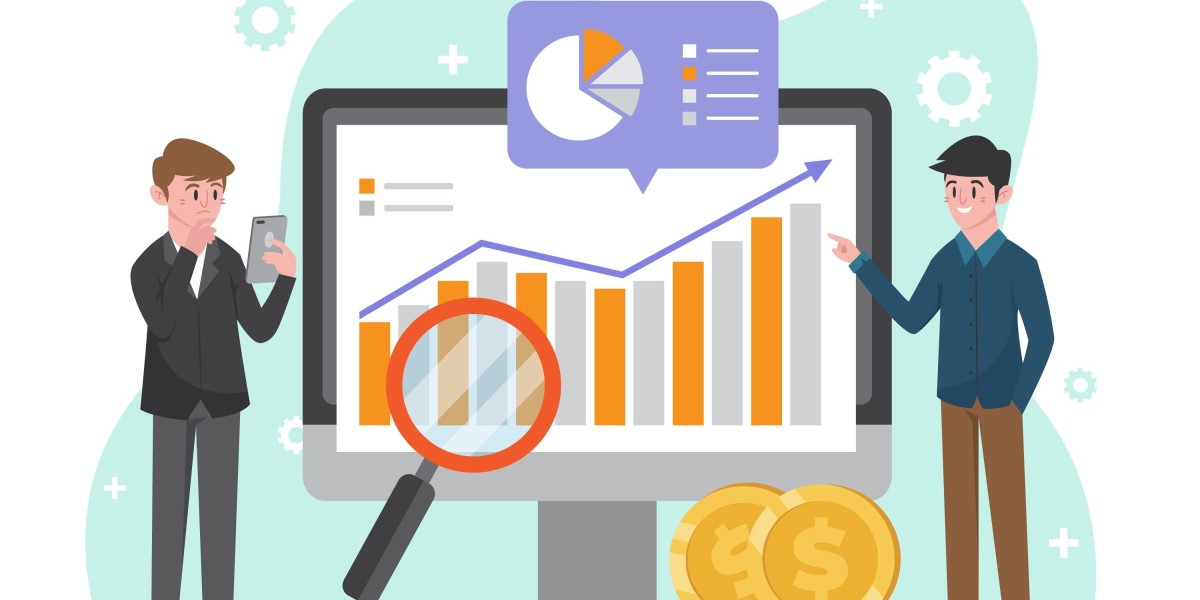Why Demand Forecasting is Critical for Business Success
The ability to predict consumer demand is one of the most important capabilities a business can develop. Without accurate demand forecasting, companies risk overproducing goods that may not sell or underestimating market needs, leading to stock shortages and lost revenue. Businesses that can anticipate future demand patterns gain a competitive edge by optimizing inventory, setting appropriate pricing, and planning efficient supply chain strategies.
However, businesses face multiple challenges in demand forecasting that make accurate predictions difficult. Market fluctuations, economic downturns, shifts in consumer behavior, and external disruptions can all lead to errors in forecasting models. Companies that fail to address these challenges may find themselves struggling with inefficient operations, financial losses, and missed growth opportunities.
Understanding the key demand forecasting objectives is essential for businesses to mitigate these risks. By developing a robust strategy that includes real-time data analysis, AI-driven insights, and adaptive forecasting models, companies can improve their forecasting accuracy and make smarter decisions.
Common Challenges in Demand Forecasting
One of the biggest challenges in demand forecasting is data inaccuracy. If businesses rely on outdated, incomplete, or poorly structured data, their forecasts will be unreliable. Errors in past sales records, incorrect market trends, and inconsistent data entry can lead to serious miscalculations, affecting inventory levels and production schedules.
Market volatility presents another major obstacle. Economic conditions, industry disruptions, or even sudden consumer preference shifts can render traditional forecasting models ineffective. Businesses that rely on static models struggle to adjust when external conditions change rapidly.
Supply chain disruptions impact demand forecasting by creating unexpected delays in product availability. Natural disasters, political instability, raw material shortages, and logistical issues can all contribute to forecasting inaccuracies. Without contingency plans in place, businesses may find it difficult to fulfill consumer demand, leading to reputational damage and financial losses.
Consumer behavior unpredictability is another key challenge. While historical data helps predict demand, external influences such as trends, technological advancements, and social factors can rapidly shift buying patterns. Businesses that do not continuously update their forecasting models risk making assumptions that no longer align with market realities.
The lack of integration between departments can also contribute to challenges in demand forecasting. Sales, marketing, finance, and supply chain teams often work in silos, leading to miscommunication and inconsistent data sharing. Without a unified forecasting approach, businesses struggle to align their strategies, resulting in conflicting predictions and inefficiencies.
Key Demand Forecasting Objectives for Accuracy and Efficiency
Businesses must establish clear demand forecasting objectives to overcome these challenges and improve their ability to predict market trends. One of the main objectives is enhancing data quality. Companies should invest in real-time analytics, structured databases, and AI-powered tools to ensure that data is accurate, complete, and updated regularly.
Another important objective is improving adaptability. Businesses need to move beyond traditional forecasting methods and incorporate dynamic models that adjust based on market fluctuations. AI and machine learning technologies can help organizations refine their predictions as new data becomes available.
Ensuring supply chain resilience is also a major demand forecasting objective. Businesses must build flexible supply networks, secure alternative suppliers, and implement risk management strategies to avoid disruptions. A resilient supply chain ensures that companies can meet demand forecasting targets even when unexpected challenges arise.
Customer insights play a significant role in improving demand forecasting accuracy. Businesses that analyze consumer preferences, social media trends, and customer feedback can make better predictions about what products will be in high demand. Collecting and integrating customer data into forecasting models allows businesses to refine their approach based on real-time market behavior.
Collaboration across departments is another critical demand forecasting objective. A successful forecasting model requires input from sales, marketing, operations, and finance teams. When these departments share insights and align their strategies, businesses can develop more accurate and actionable forecasts.
How Businesses Can Overcome Demand Forecasting Challenges
One way to address challenges in demand forecasting is by implementing AI-driven predictive models. Unlike traditional forecasting methods, AI algorithms analyze vast amounts of data, detect patterns, and continuously adjust forecasts based on evolving market conditions. Businesses that leverage AI gain deeper insights into demand forecasting trends and minimize prediction errors.
Scenario planning is another effective strategy. Instead of relying on a single prediction, businesses should develop multiple demand scenarios based on different variables, such as economic changes, competitor actions, and shifts in consumer preferences. This approach allows companies to prepare for a range of possible outcomes and respond proactively to changes in demand.
Automation can enhance demand forecasting by streamlining data collection, analysis, and reporting. Businesses that use automated forecasting tools can eliminate manual errors, reduce processing time, and improve forecasting accuracy. Advanced forecasting platforms also integrate with existing ERP and supply chain systems, ensuring that decision-makers have access to real-time data.
Continuous monitoring of demand forecasting models is essential for maintaining accuracy. Businesses should not set their forecasts and forget about them. Instead, they must track performance metrics, assess deviations between predicted and actual demand, and refine models accordingly. The ability to adjust quickly ensures that businesses remain responsive to market changes.
Investing in skilled analysts and training teams in demand forecasting best practices further improves accuracy. Companies that educate employees on interpreting market data, using forecasting software, and applying statistical techniques can make more informed decisions. Building an in-house forecasting expertise reduces reliance on external sources and strengthens internal capabilities.
How thouSense Enhances Demand Forecasting for Businesses
For companies looking to refine their demand forecasting strategies, thouSense provides a cutting-edge AI-powered solution. By leveraging machine learning, real-time analytics, and predictive modeling, thouSense helps businesses improve forecasting accuracy and make data-driven decisions.
One of the standout features of thouSense is its ability to process large datasets in real time, ensuring that businesses have access to the most current demand forecasting insights. Unlike traditional forecasting tools that rely on historical data, thouSense continuously updates its models based on new market inputs, improving prediction reliability.
Supply chain optimization becomes more efficient with thouSense, as businesses can anticipate potential disruptions and adjust their inventory management strategies. By identifying bottlenecks and forecasting supply chain risks, thouSense helps companies maintain a steady product flow and meet consumer demand without delays.
Pricing strategy optimization is another key benefit of thouSense. Businesses using AI-driven demand forecasting can dynamically adjust pricing based on predicted demand patterns. This ensures maximum revenue while maintaining customer satisfaction and competitiveness.
Marketing teams also gain valuable insights with thouSense by understanding future demand trends. Instead of relying on past performance, businesses can plan campaigns that align with projected demand, ensuring higher engagement and increased sales.
Conclusion
Businesses that struggle with challenges in demand forecasting often face inventory inefficiencies, lost sales, and supply chain disruptions. To overcome these challenges, companies must establish clear demand forecasting objectives, invest in AI-driven analytics, and develop flexible forecasting models that adapt to changing market conditions.
By focusing on data accuracy, supply chain resilience, and cross-department collaboration, businesses can significantly improve demand forecasting outcomes. AI-driven tools such as thouSense provide the advanced predictive capabilities needed to refine forecasts, minimize risks, and maintain a competitive market position.
For companies seeking to enhance their demand forecasting strategies, thouSense offers an unparalleled solution. With its real-time insights, adaptive modeling, and AI-powered analytics, thouSense empowers businesses to navigate complex market conditions, anticipate future demand, and make smarter, data-driven decisions.
Explore our AI-based SaaS platform to predict sales volume and demand trends. To know more, visit: https://thousense.ai/pricing
Source: https://www.vaca-ps.org/blogs/270685/Challenges-in-Demand-Forecasting-Effective-Solutions



